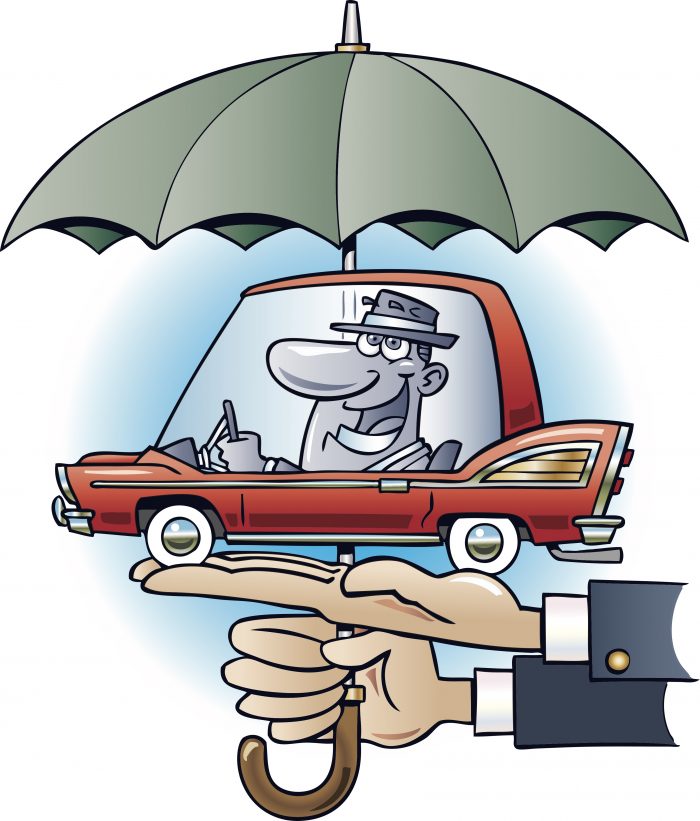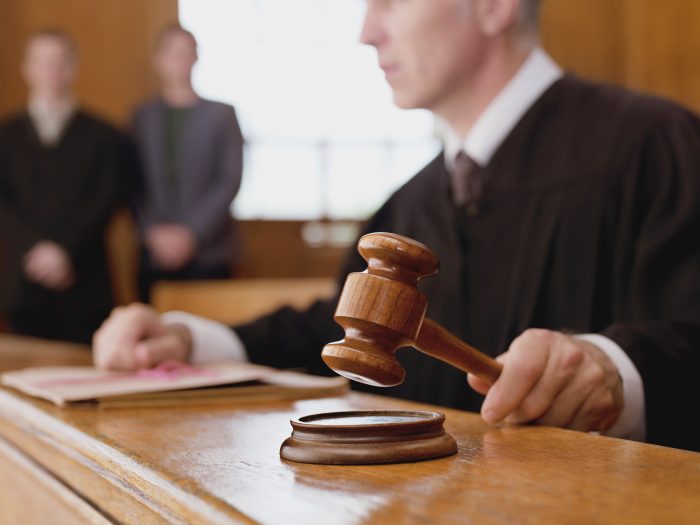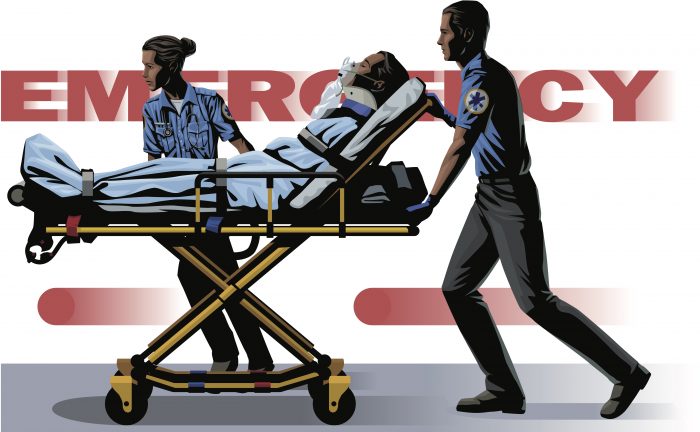By Shannon L. Malone, Esq.

If you’re thinking of buying or selling a home anytime soon, it’s time to take note: the real estate rulebook has been revised. As usual, any revision results in additional conferring and completion.
In a landmark settlement finalized late last year, the National Association of Realtors (NAR) agreed to pay a whopping $418 million to settle claims that it helped keep real estate commissions artificially high. The changes that came out of that lawsuit aren’t just for the courtroom—they’re now working their way into everyday real estate deals, including right here in New York.
Even though NAR is a national organization, the New York State Association of Realtors (NYSAR) has agreed to follow suit. That means both buyers and sellers on Long Island will notice some new rules—and possibly new costs—when they enter the housing market.
So what’s changing?
Let’s start with the basics. Traditionally, the seller paid both their own agent’s commission and the buyer’s agent’s fee, typically 4% of the sale price in Suffolk and Nassau Counties. Those fees were typically split between the agents and baked into the transaction. Notwithstanding the rule change, this continues to be the practice—for now—although under the new rules, that structure is expected to shift.
Most notably, the buyer’s agent’s commission can no longer be advertised in the Multiple Listing Service (MLS)—the go-to database for real estate listings. That alone could shake up how properties are marketed and sold.
Buyers also face a brand-new requirement: before they can even tour a home with an agent, they’ll need to sign a formal written agreement. This agreement must clearly set out what the agent will be paid, how the fee is calculated (flat rate, hourly, or percentage), and—critically—that the terms are negotiable.
No more handshakes and “we’ll figure it out later.” These are binding contracts now.
The key takeaway? Call your attorney first
And here’s the part that cannot be overstated: before you sign anything with a broker—even just to start looking—consult a real estate attorney. These agreements are legal documents, and buyers are now expected to enter into them at the earliest stages of the home-buying process, often before they’ve even settled on a budget or location.
The language in these contracts can be complex, and the financial implications are significant. An attorney can help you understand the terms, negotiate provisions that may be unfavorable, and ensure you’re not committing to obligations you don’t fully grasp.
Why all the fuss?
The aim here is transparency—and fairness. One major concern raised in the lawsuits was the practice of “steering,” where some agents allegedly guided clients toward listings that offered higher commissions, rather than those best suited to the buyer. The new rules are designed to bring those incentives into the open.
A changing landscape—and the need for legal guidance early
If all this sounds a little confusing, you’re not alone. Many prospective buyers and sellers are just now learning about these changes. But the consequences of signing a contract prematurely or without fully understanding it can follow you throughout the transaction.
That’s why having an attorney in your corner from the outset—someone who is not working on commission and who is bound by law to act in your best interest—is more important than ever.
So whether you’re a first-time buyer or preparing to list a home you’ve lived in for decades, slow down, ask questions, and get the right professionals involved before you sign anything. Because in real estate, success isn’t just about finding the right house—it’s about making the right deal.
Shannon L. Malone, Esq. is an Associate Attorney at Glynn Mercep Purcell and Morrison LLP in Setauket. She graduated from Touro Law, where she wrote and served as an editor of the Touro Law Review. Ms. Malone is a proud Stony Brook University alumna.





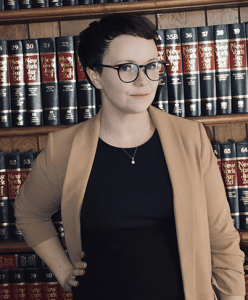
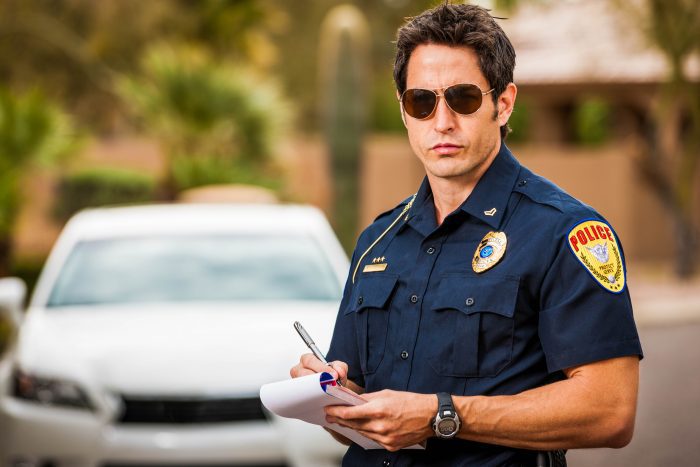

 Out-of-State Convictions
Out-of-State Convictions

